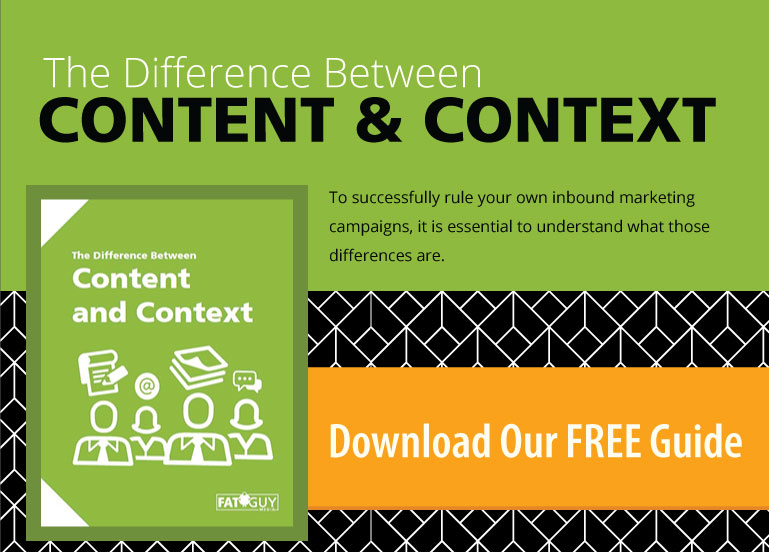Modern marketing is all about creating an experience. If your target audience doesn’t experience and connect to your marketing materials in a way they truly value and appreciate, they’re not going to respond. Contextual marketing aims to deliver your message to your audience at the perfect moment, for maximum effectiveness.
How to Leverage Contextual Marketing
1. Personalization
Personalized marketing, which emphasizes hyper-targeted messages, will show your target audience that you’re actually in-tune with their specific needs and expectations. It’s one of the simplest ways to leverage contextual marketing.
There are tons of ways for brands to customize their marketing messages, but some of the most common methods for small businesses are the following:
- Addressing people by name in email and direct mail marketing
- Segmenting email lists based on interests
- Loyalty or reward programs
- Offering custom product or service packages
Highly-personalized messages will help your business cut through the noise to truly resonate with your audience and potentially retain them as customers.
2. Remarketing
Remarketing, also known as retargeting, is used to show ads to website visitors as they browse the internet. Here’s how it works:
- Someone visits a page on your website, which has a special tag embedded
- That tag drops cookies in their user’s browser
- They leave your website and navigate to a different one (including search engines and social networks!)
- Your ad is then triggered on other websites and their interest is recaptured
Remarketing can be used to serve any type of ad you like, ranging from general ads that promote brand awareness to highly-specific ones that can show products people added to their shopping cart on your site but didn’t actually purchase.
The result of a successful remarketing campaign is a highly-contextualized experience that generates hot leads who are likely to make a purchase or do business with your company in the future.

3. Medium
Purchases on mobile devices have steadily increased since 2015 and show no sign of slowing down. Marketing materials that aren’t optimized for mobile will fail to captivate your audience, and cause you to miss out on conversion opportunities.
4. Location-Based Targeting
Google AdWords and most social media platforms allow you to target geographical locations. People native to the city in which your business is located, as well as people who are visiting from out-of-town, will potentially see your ads. This is ideal for businesses that depend on a lot of foot traffic.

5. Timing
Emails, advertisements and social media posts can all be scheduled to be delivered to certain groups of people at specific times or when certain events occur.
For example, a retail store may choose to notify their audience that are umbrellas on sale when it’s raining. Restaurants may run a Facebook ad promoting their lunch menu from 11 a.m. until 1:30 p.m.
Remember that contextual marketing is not a static strategy. In order for it to be effective, it must constantly evolve based on a number of factors, including consumer preferences, the products or services your business offers and even the weather.


